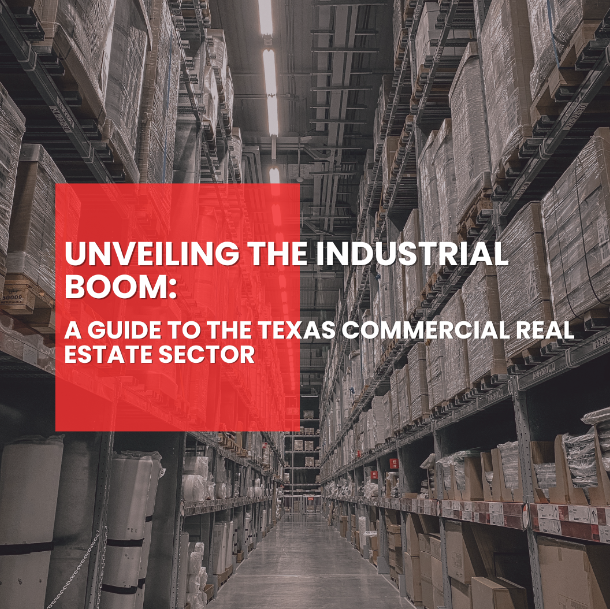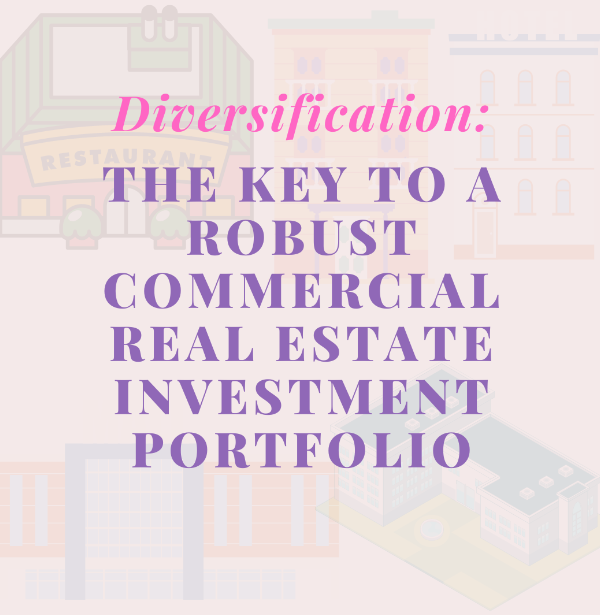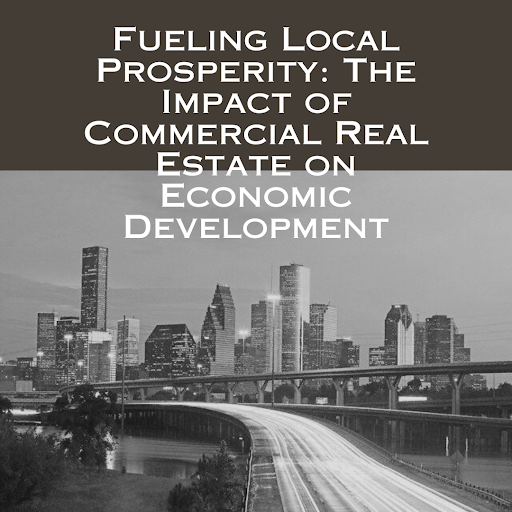Unlocking Potential: Navigating Houston's Unique Commercial Real Estate Landscape
Introduction:
Houston, Texas, stands apart from many U.S. cities in its approach to commercial real estate development. Unlike cities with strict zoning laws, Houston boasts a unique lack of zoning regulations. In this blog post, we'll explore how this absence of zoning impacts commercial real estate and the intricacies involved in navigating this dynamic landscape.
Freedom and Flexibility:
One of the primary advantages of Houston's lack of zoning is the freedom and flexibility it offers to developers and investors. Unlike cities with rigid land-use categories, Houston allows businesses to choose and develop various commercial properties without being constrained by zoning restrictions. This flexibility opens doors to diverse opportunities, from retail spaces to industrial warehouses, all coexisting within the same area.
Variances: Navigating the Regulatory Landscape:
While the absence of zoning provides freedom, it introduces the need to navigate other regulatory aspects, particularly variances. Variances are permissions granted by local authorities, allowing property owners to deviate from standard zoning rules. Obtaining variances can be both a challenge and an opportunity, requiring skillful negotiation and adherence to specific guidelines. Developers must understand the intricacies of this process to successfully shape their projects.
The Regulatory Mosaic:
Houston's lack of zoning doesn't mean a complete absence of regulations. Developers still need to navigate a complex regulatory mosaic, including building codes, deed restrictions, and environmental regulations. Understanding and complying with these rules is essential to ensure successful and legally sound commercial real estate projects. This nuanced approach to regulation emphasizes the need for thorough research and diligence in every stage of development.
Challenges and Opportunities:
The unique commercial real estate landscape in Houston presents both challenges and opportunities. While the lack of zoning allows for creative and diverse projects, developers must be strategic in overcoming regulatory hurdles. Successful navigation of the regulatory environment requires a deep understanding of local laws and a proactive approach to obtaining necessary permissions.
Conclusion:
Houston's unconventional approach to zoning, or lack thereof, sets the stage for a distinctive commercial real estate experience. The absence of traditional zoning opens doors to creative and diverse developments, but it comes with the responsibility of navigating variances and other regulations. As Houston continues to evolve, staying informed about the regulatory landscape is crucial for developers seeking success in this dynamic and flexible real estate market.









